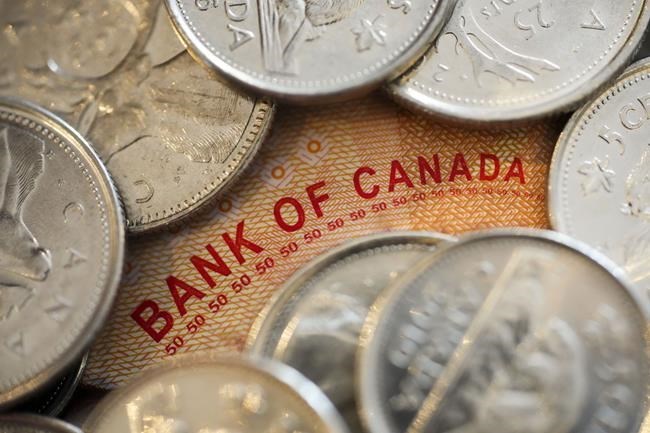OTTAWA — The Bank of Canada raised interest rates again on Wednesday, hitting the economy with even higher borrowing costs as new projections suggest it will take longer for inflation to fall back to two per cent. The central bank hiked its key interest rate by a quarter of a percentage point, bringing it to five per cent, the highest it's been since 2001.
Forecasters were widely anticipating the rate hike as the economy continues to run hotter than expected, but many took note of the central bank's tougher tone.
Governor Tiff Macklem justified the decision to raise rates now rather than later during a news conference, while keeping the door open to further rate hikes.
"These decisions are difficult, and we did discuss the possibility of holding rates unchanged and gathering more information to confirm the need to raise the policy rate," Bank of Canada governor Tiff Macklem said.
"On balance, our assessment was that the cost of delaying action was larger than the benefit of waiting."
The central bank's decision to raise rates came as it released new projections suggesting inflation won't come down to its two per cent target until mid-2025, throwing cold water on the idea that rate cuts are imminent.
"If the (central) bank is correct, in terms of inflation taking that long to get back down to target, the simple implication is higher for longer for interest rates," said Douglas Porter, chief economist at BMO.
That means for Canadians are likely to feel the brunt of higher interest rates.
"The longer rates stay at anything close to these levels, the more and more mortgage borrowers will get affected by that as more and more mortgages come due, in the years ahead."
Macklem said the central bank is trying to balance the risks of raising rates too much versus not enough.
"If new information suggests we need to do more, we are prepared to increase our policy rate further. But we don’t want to do more than we have to," he said.
"These decisions will be guided by our assessment of incoming data and the outlook for inflation. We need to see demand growth slow, wage pressures moderate and corporate pricing behaviour normalize."
Despite the central bank's forceful tone and declared willingness to raise rates further, many commercial bank economists still expect this to be the last rate hike of the year.
"Our own outlook is a more pessimistic one than the central bank's. We see more signs that the economic backdrop is softening," wrote Nathan Janzen, assistant chief economist at the Royal Bank of Canada.
"That should be enough to push the BoC back on the sidelines with no additional interest rate increases this year. But they are clearly willing to hike again at the next decision in September if inflation in particular doesn't show further signs of easing," Janzen said in a note.
CIBC senior economist Andrew Grantham says there's a good chance the Canadian economy will turn out to be weaker than the Bank of Canada is expecting, which would suggest rate hikes are working.
"However, that underperformance may not come soon enough to prevent another (quarter-percentage point) hike at the September meeting, which given the tone today now seems likely," Grantham wrote.
Central banks around the world have continued to raise interest rates as their economies continue to grow and add jobs, while price pressures remain high.
The Bank of Canada was pushed off the sidelines in June after a string of hot economic data suggested rates were not yet high enough to quash inflation as quickly as it wants to see.
That brought an end to a pause on rate hikes, which the central bank had announced earlier in the year.
The Canadian economy's performance this year comes in stark contrast with the recession forecasts many economists drafted in 2022.
The economy has continued to expand and add jobs, skirting the slowdown both forecasters and the central bank were anticipating.
And although inflation has fallen considerably since last summer, prices for many goods and services continue to rise rapidly.
Canada’s inflation rate reached 3.4 per cent in May, down from 8.1 per cent last summer. Meanwhile, grocery prices rose nine per cent in May compared to a year ago.
The Bank of Canada now expects inflation to stall around three per cent for the next year, before steadily declining to two per cent by mid-2025.
“This is a slower return to target than was forecast in the January and April projections. Governing council remains concerned that progress toward the two per cent target could stall, jeopardizing the return to price stability,” the Bank of Canada said.
The central bank says its upward revision to its inflation forecast is due to "excess demand" in the economy, higher-than-expected housing prices and higher than expected goods prices.
The central bank also expects stronger economic growth this year both globally and domestically. It revised its projection for real gross domestic product growth in Canada to 1.8 per cent for 2023, up from 1.1 per cent.
This report by The Canadian Press was first published July 12, 2023.
Nojoud Al Mallees, The Canadian Press




